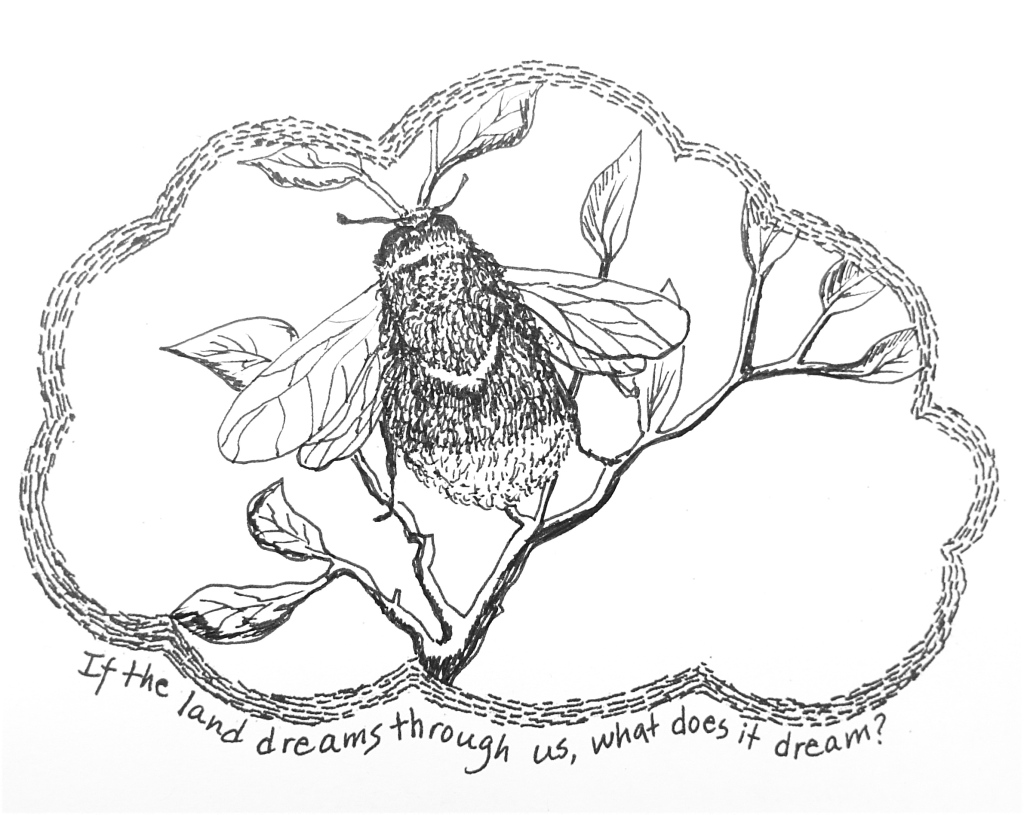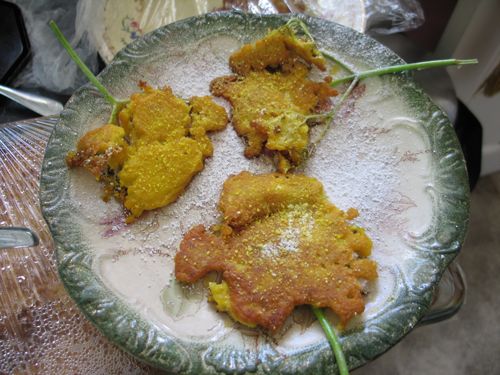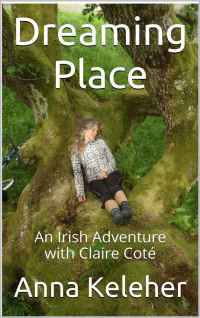I wish you could come on the Camino…..
Dear Claire,
How I wish you were coming on The Camino Pilgrim Trail with us. It’s a bit of a Dreaming Place adventure, just the sort of journey I know you’d enjoy and learn from. I know it’s not an option for you at the mo’ Amber being small, the distance,the cost. But Mark and I will trail blaze for you and Amber will soon have her walking legs.
Where Dreaming Place was 40 days and 40 nights this will take us fifty. We’ll walk a leisurely 20 kilometres a day. Mani spotted the easy maths for us. From Sevilla in Southern Spain it is 1,000 k on the Via de la Plata to Santiago de Compostela. Since the towns are few and we don’t plan to use hostels we can’t plug into the grid. So we’ve invested in a technology you’d love’;”solar paper” by YOLK, That way we can “plug into the sun” and stay in contact with folks at home. Not sure that I’ll blog as I just want to live the experience. But I’m taking pen and paper for drawing, notes so I can spend the darkness of winter writing. While those miniature solar panels from Yolk are soaking up the sun, Ghyllie will be shimmering in his K9 silver mesh solar coat. It’s strange but his coat is the exact opposite of YOLK. So where the solar paper absorbs, the coat will deflect the solar rays away from his black fur, keeping him from generating too much heat and overheating.
. 
I told you we are taking Ghyllie right? How could we leave him at home for two long months, he’s part of the family. He just had to come. He’s had his jabs. I’m getting him clipped and he’s in training. His dried food is way too heavy so he’ll be eating raw; avocados, bananas, eggs and tinned fish, (like you ate because of Amber in your tum). Mark and I are eating raw too, since even a mini-stove is too heavy to carry in our packs. Luckily we both love bocadillos. “What about your cups of tea?” you ask. It’s a bit of a sacrifice. What could be nicer than a cup of tea at sunset. Or in the cool morning under the fading stars.
Remember how Dreaming Place became a pilgrimage for us? A pilgrimage to place. Well on this journey we’ll be following in the footsteps of generations who have walked before us. The original peoples of the Camino! And as with our Ireland trip this will be an opportunity to re-connct with the right things, to keep the senses alert, look for signs, listen to people, places, creatures and things. Just like we did on our adventures, you and me. It’s not just a long jaunt, a fun fundraising walk for GOSH It is a sacred journey.
Be thinking of you guys along the way!
Anna x

















































